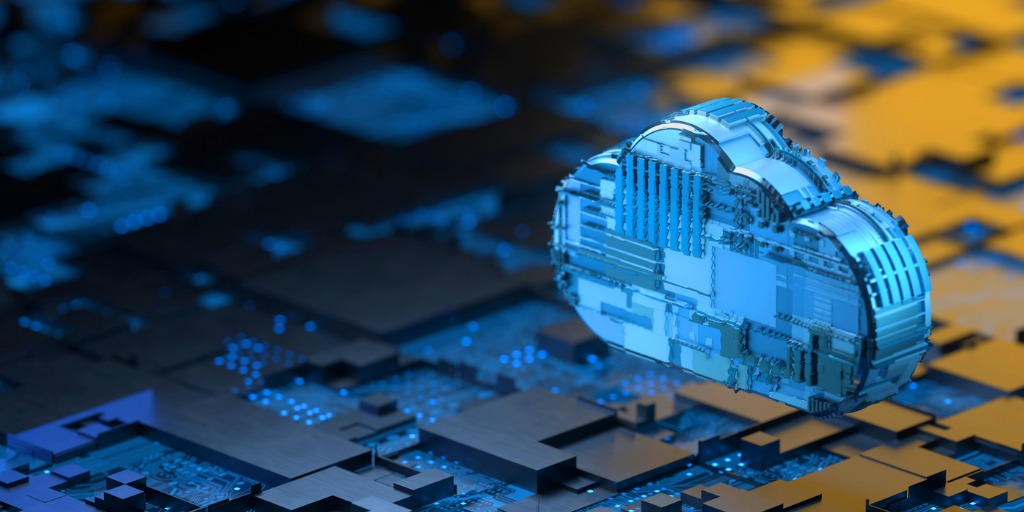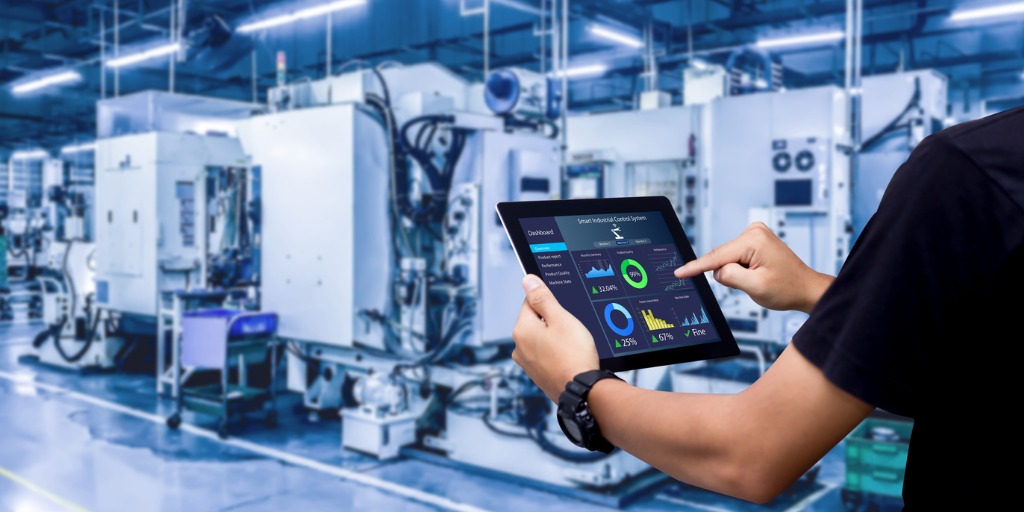What is the Internet of Things (IoT)?
The Internet of Things (IoT) refers to the growing network of connected “smart” devices and objects – physical ”things” embedded with sensors and software that are linked to and exchange data over the Internet.
These “things” range from smart lightbulbs that can be controlled by a smartphone app to giant driverless trucks that shuttle minerals across the Australian outback – and can even include organic “things” thanks to technologies like micro-sensors in the blood. The IoT also includes complex systems such as smart electricity grids that gather data from thousands of sensors, send it to the utility’s engineers, and intelligently adapt in response to changing demand.
At the time of writing, there are an estimated 10 billion IoT devices around the world and that number is growing rapidly.

Growth of IoT
The rapid growth of the Internet of Things has relied on key technological developments and growing customer acceptance.
Breakthroughs and continuous improvements in enabling technologies have facilitated explosive growth in IoT devices.
Today, sensors and processing chips are cheaper, smaller, and more powerful than ever, making it possible to include them in more and more devices.

IoT in action
The development of smart devices and the IoT has profound implications for businesses. In manufacturing, for example, the ability to connect devices and objects to the Internet and add sensors to them mean that businesses can gather important performance information. They can quickly identify problems such as overheating or faulty components, increasing efficiency and reducing repair downtime.

Key challenges
Although the IoT is growing rapidly and enabling exciting possibilities for businesses, it faces some challenges.
- Data storage and processing
- Security
- Privacy
- Cross-compatibility
IoT for financial institutions
The financial industry has lagged other industries in IoT adoption. However, there is widespread interest in the technology, and new applications are emerging every day.
Already, leading financial firms are using IoT in various ways, such as enhancing security and using data in a more meaningful way.


